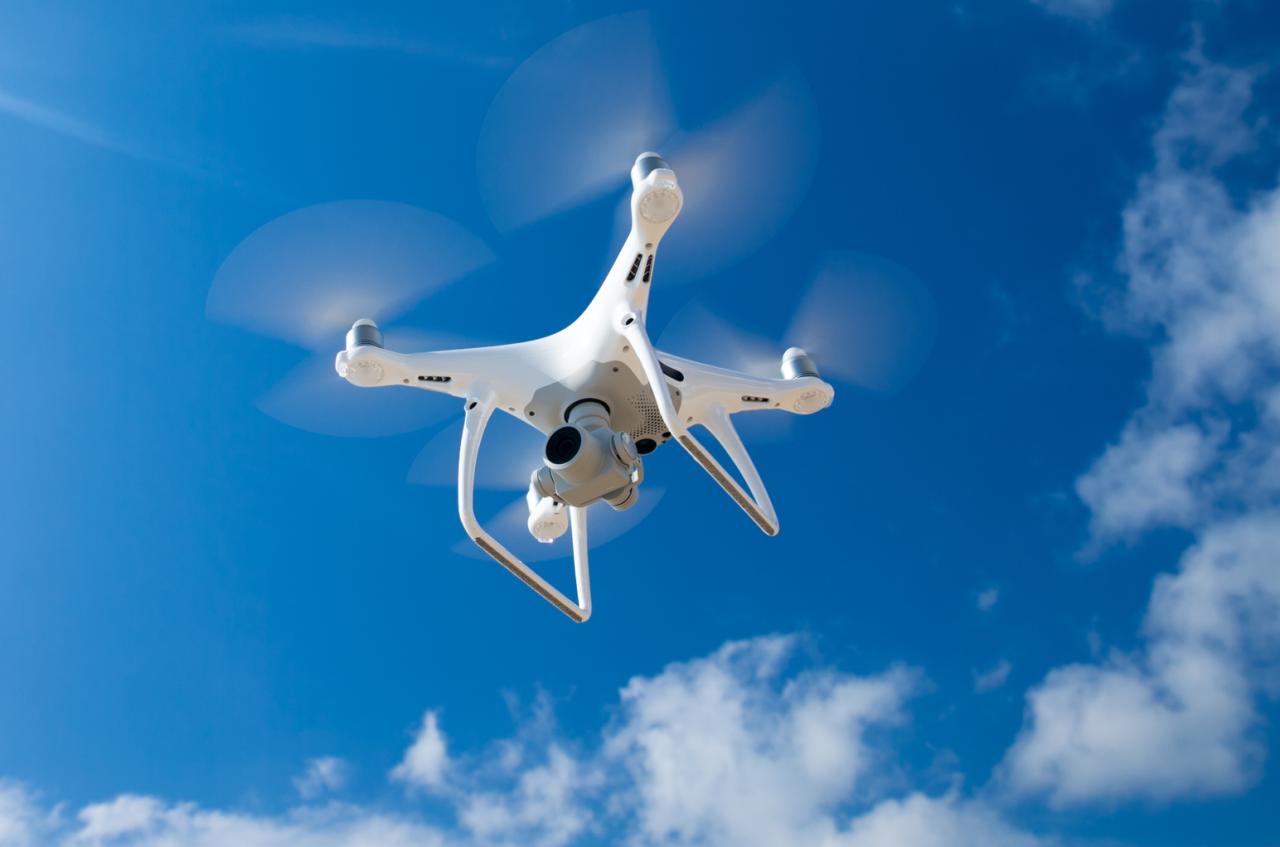Sky elements drones are revolutionizing our understanding of atmospheric processes. These unmanned aerial vehicles (UAVs), equipped with a variety of sophisticated sensors, offer unprecedented opportunities for data acquisition and analysis across various sectors. From monitoring weather patterns and assessing agricultural conditions to supporting environmental research and enhancing infrastructure safety, the applications of sky elements drones are expanding rapidly.
This exploration delves into the technology, applications, and implications of this innovative field.
This discussion will cover the key components involved in sky element drone operations, including the types of drones used, the sensors employed for data collection, and the methods used for data processing and analysis. We will also explore the safety regulations, real-world applications, and future potential of this technology, highlighting both its advantages and limitations.
Sky Elements Drones: A Comprehensive Overview
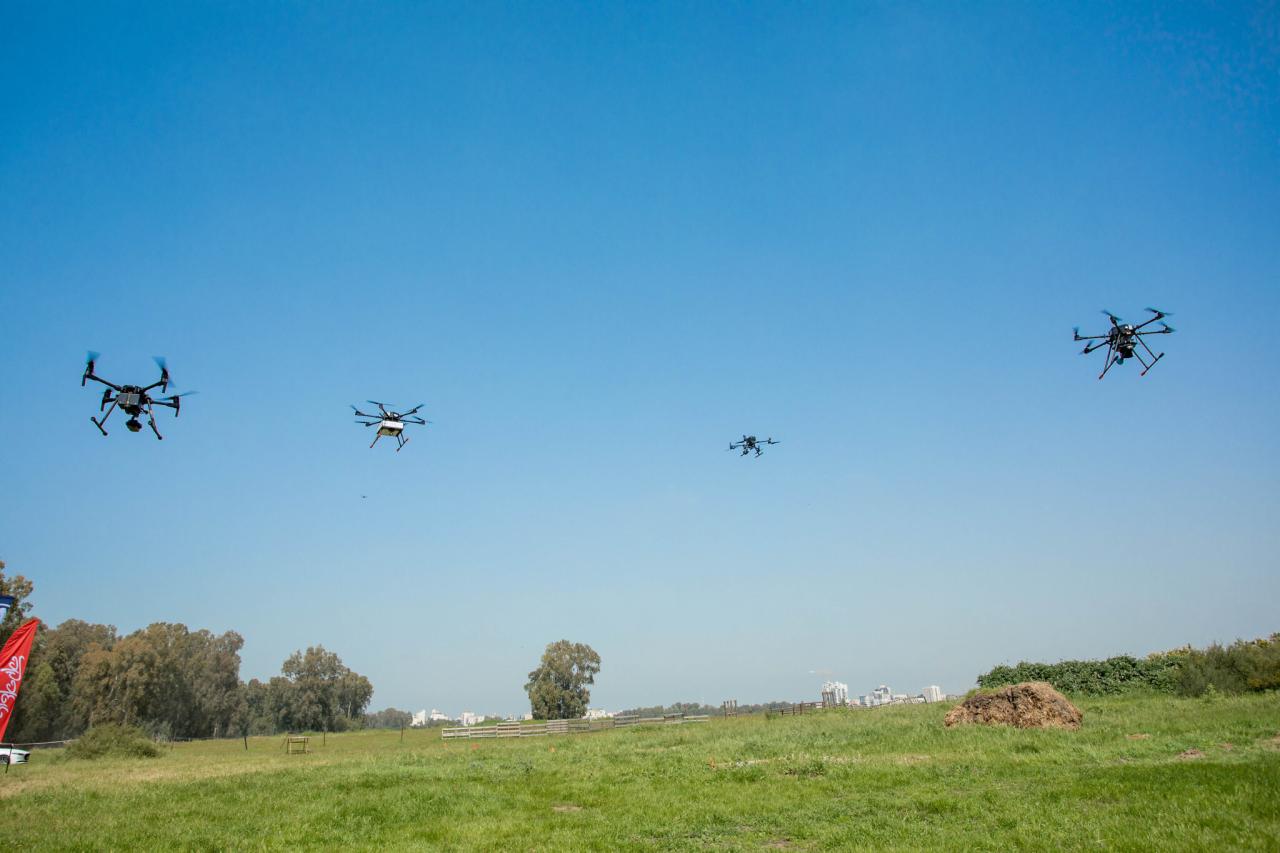
The integration of drone technology with atmospheric observation is revolutionizing various sectors, providing unprecedented access to real-time data on a range of sky elements. This detailed exploration delves into the technology, applications, and considerations involved in utilizing drones for comprehensive sky element monitoring.
Sky Elements: Defining the Scope
Sky elements, in the context of drone operations, encompass a broad spectrum of atmospheric components influencing weather patterns, air quality, and environmental conditions. These include clouds (their type, density, and altitude), aerosols (dust, pollen, pollutants), precipitation (rain, snow, hail), temperature profiles, wind speed and direction, and humidity levels. Atmospheric conditions significantly impact drone flight safety and data acquisition. Factors like wind shear, turbulence, precipitation, and low visibility can severely limit operational capabilities and affect sensor accuracy.
Sky elements drones are increasingly used for spectacular aerial displays, showcasing innovative technology and artistic vision. For a prime example of this, check out the breathtaking visuals at the florida drone show , a truly remarkable event. The advancements in sky elements drone choreography and lighting are constantly evolving, pushing the boundaries of what’s possible in aerial entertainment.
Drones employ a variety of sensors to gather sky element data. These include high-resolution cameras for visual observation of cloud formations and atmospheric phenomena, thermal cameras for temperature mapping, LiDAR for three-dimensional mapping of atmospheric structures, and spectrometers for analyzing atmospheric composition and detecting pollutants.
Drone Technology and Sky Element Monitoring
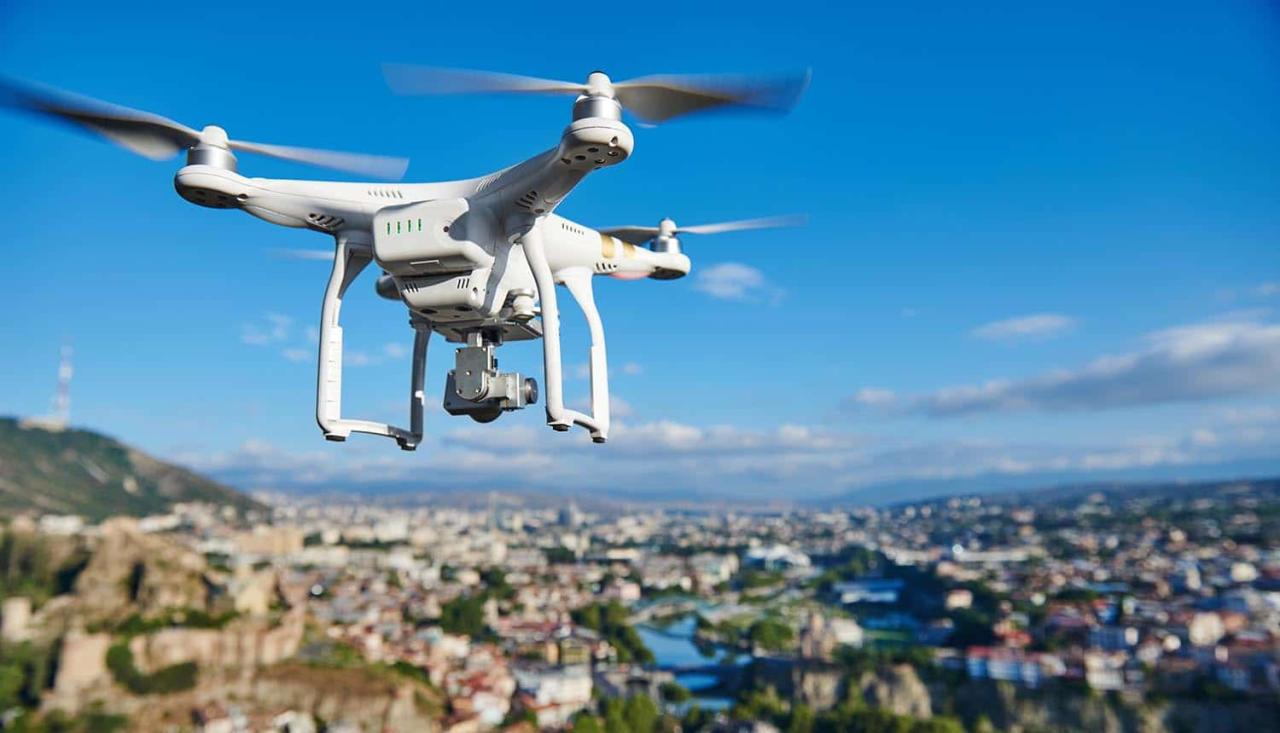
Several drone platforms are well-suited for observing sky elements, each with unique capabilities. Fixed-wing drones offer longer flight times and greater range, ideal for large-scale surveys. Multirotor drones provide superior maneuverability and hovering capabilities, enabling precise data collection in challenging environments. Payloads, crucial for data collection, encompass a wide array of sensors. High-resolution RGB cameras capture detailed visual information, while thermal cameras measure temperature variations.
Spectrometers analyze atmospheric composition by measuring light absorption and emission at various wavelengths. A hypothetical drone mission for cloud formation analysis might involve deploying a multirotor drone equipped with an RGB camera and a LiDAR sensor. The drone would fly a pre-programmed grid pattern at a specified altitude, capturing images and LiDAR data of the cloud layer. Data processing would involve creating 3D models of the clouds and analyzing their density, altitude, and texture.
Data Acquisition and Processing
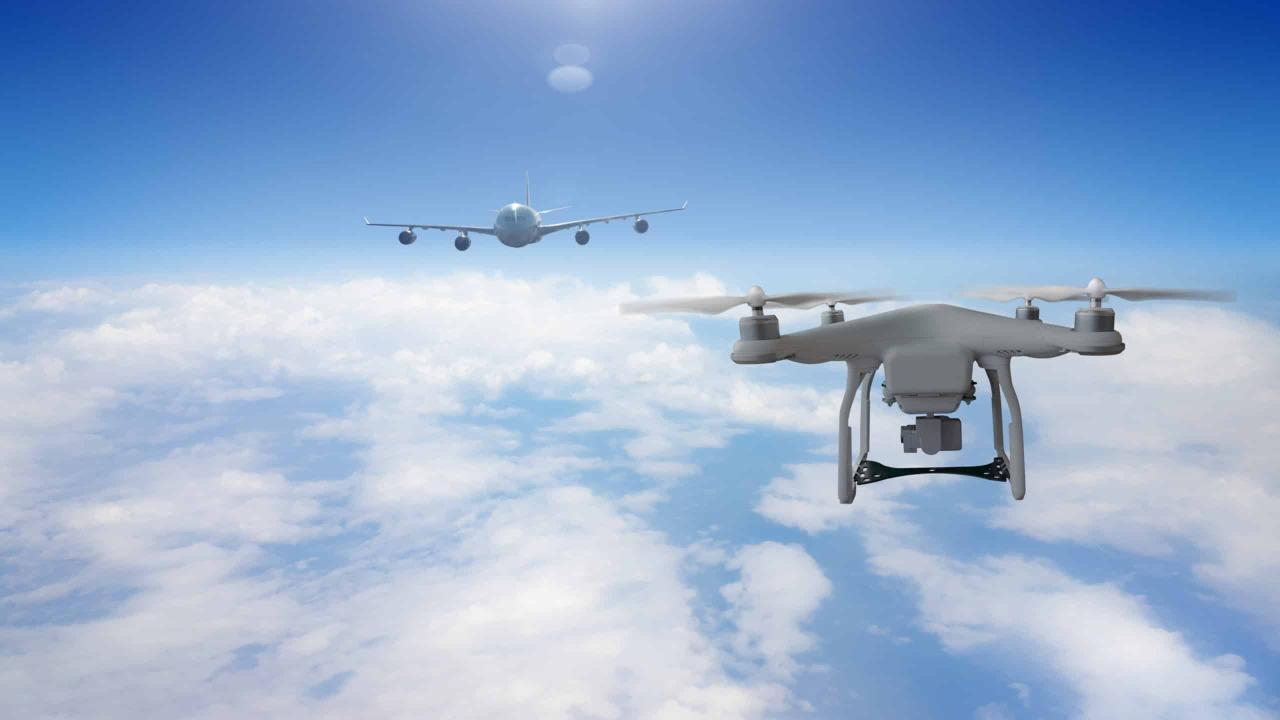
Collecting data on sky elements using drones involves a systematic approach. First, a flight plan is created, outlining the drone’s trajectory and sensor settings. The drone then executes the flight plan, collecting data according to the predefined parameters. Data accuracy and reliability are ensured through rigorous calibration of sensors, regular maintenance of the drone, and the use of appropriate data validation techniques.
Post-flight, the collected data undergoes processing and analysis. Various techniques are employed, each with its advantages and disadvantages.
| Method | Advantages | Disadvantages | Applications |
|---|---|---|---|
| Image Processing | Relatively simple, widely available software | Can be computationally intensive, susceptible to noise | Cloud classification, aerosol detection |
| LiDAR Data Processing | Provides 3D information, high accuracy | Expensive equipment, complex processing | Cloud height measurement, atmospheric structure mapping |
| Spectroscopic Analysis | Provides detailed chemical composition | Requires specialized equipment and expertise | Pollutant detection, greenhouse gas monitoring |
| Machine Learning | Automated analysis, high throughput | Requires large datasets for training | Cloud classification, weather forecasting |
Applications of Sky Element Drones
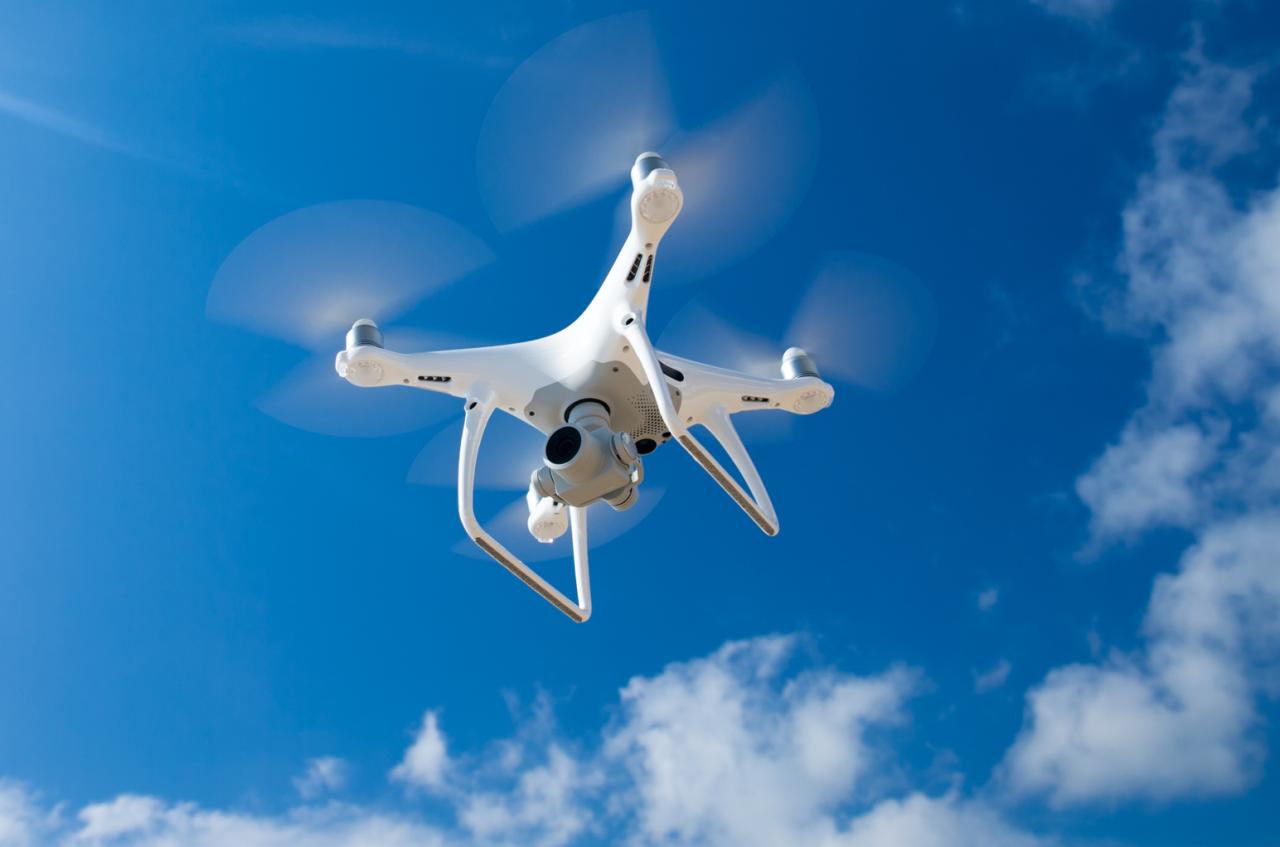
Drone-based sky element monitoring benefits numerous sectors. The advantages over traditional methods include cost-effectiveness, increased spatial resolution, and real-time data acquisition.
- Meteorology: Improved weather forecasting and severe weather monitoring.
- Agriculture: Precision irrigation, crop monitoring, and yield prediction.
- Environmental Monitoring: Air quality assessment, pollution source identification, and wildfire detection.
- Construction: Site surveying, progress monitoring, and safety inspections.
Future applications could include atmospheric research, climate change studies, and urban air quality management.
- Advanced atmospheric modeling and simulation.
- Real-time air quality monitoring in urban environments.
- Improved prediction of extreme weather events.
Safety and Regulatory Considerations, Sky elements drones
Operating drones near airspace restrictions necessitates adherence to strict safety protocols. These include maintaining visual line of sight, avoiding populated areas, and adhering to altitude restrictions. Regulations and permits vary by geographical location and are essential for legal drone operation. A thorough risk assessment should be conducted before each mission, considering potential hazards such as weather conditions, airspace limitations, and equipment malfunctions.
Illustrative Examples
In a recent study, drones equipped with hyperspectral cameras significantly improved the understanding of Saharan dust transport across the Atlantic Ocean. By capturing high-resolution spectral data, researchers were able to track the dust plumes’ movement and quantify their impact on atmospheric conditions and ocean ecosystems. This improved understanding allowed for more accurate predictions of dust storms and their environmental consequences.
A case study involving a large-scale agricultural operation demonstrated the impact of drone-based data on irrigation management. Drones equipped with multispectral cameras provided detailed information on crop water stress, allowing farmers to optimize irrigation schedules and reduce water consumption. This resulted in significant cost savings and improved crop yields, demonstrating the practical benefits of drone-based sky element monitoring in precision agriculture.
The integration of drone technology with atmospheric observation is transforming various fields. Sky elements drones provide a cost-effective, flexible, and efficient means of gathering high-resolution data, leading to improved decision-making and a deeper understanding of atmospheric phenomena. While challenges remain in terms of regulation and safety, the ongoing advancements in drone technology and data processing techniques promise even greater capabilities and wider applications in the years to come.
The potential for further innovation and the expansion of this technology into new areas remain significant.
Key Questions Answered: Sky Elements Drones
What are the typical costs associated with operating sky elements drones?
Costs vary widely depending on the drone platform, sensor payload, operational complexity, and required permits. Expect significant initial investment for high-end systems and ongoing expenses for maintenance, insurance, and personnel.
What are the limitations of using drones for sky element monitoring?
Limitations include flight time constraints, weather dependency, airspace restrictions, data storage capacity, and potential for equipment malfunctions. Data interpretation and validation also require expertise.
Sky elements drones are revolutionizing aerial displays, offering stunning visual spectacles. For a prime example of this innovative technology in action, check out the spectacular light shows at the orlando drone show , showcasing the capabilities of advanced drone choreography. The precision and artistry involved highlight the potential of sky elements drones to create truly unforgettable experiences.
How can data accuracy be ensured during drone operations?
Accuracy is improved through pre-flight calibrations, redundancy in sensor systems, post-processing techniques (e.g., georeferencing, atmospheric correction), and meticulous adherence to operational protocols.
What are the ethical considerations related to using drones for sky element monitoring?
Sky elements drones are revolutionizing aerial displays, offering breathtaking visuals and innovative choreography. For a prime example of their capabilities, check out the spectacular light shows featured at the florida drone show , showcasing the latest advancements in drone technology. These advancements are directly influencing the design and performance of future sky elements drones, pushing the boundaries of what’s possible in aerial entertainment.
Ethical concerns include data privacy, potential for misuse (e.g., surveillance), environmental impact, and equitable access to the technology and its benefits.
